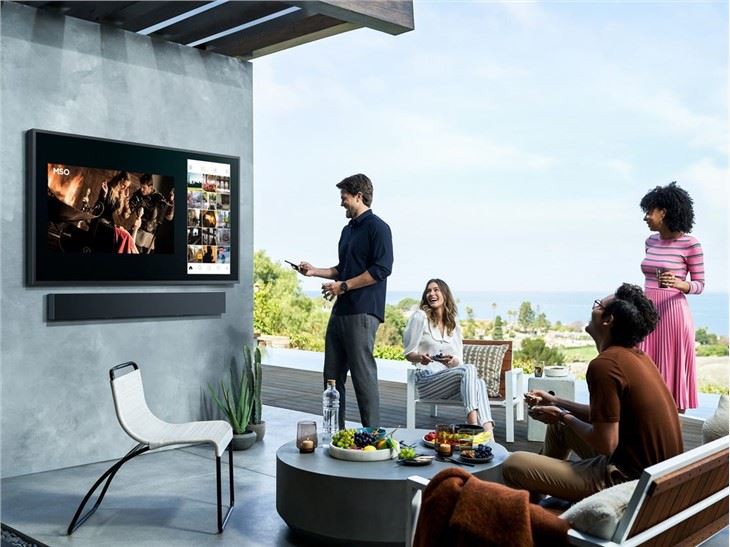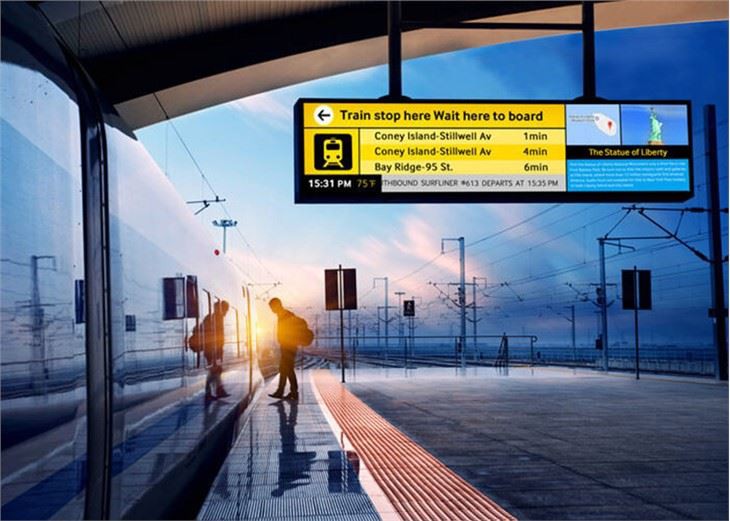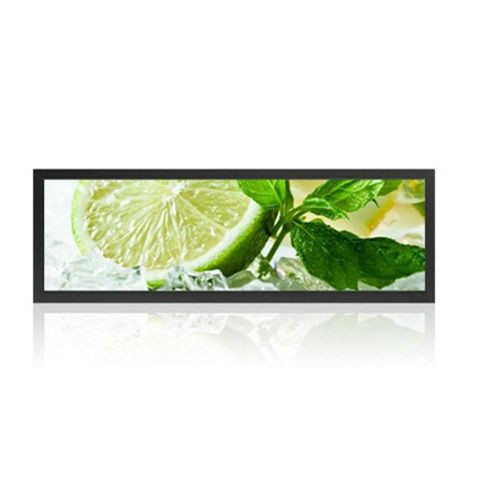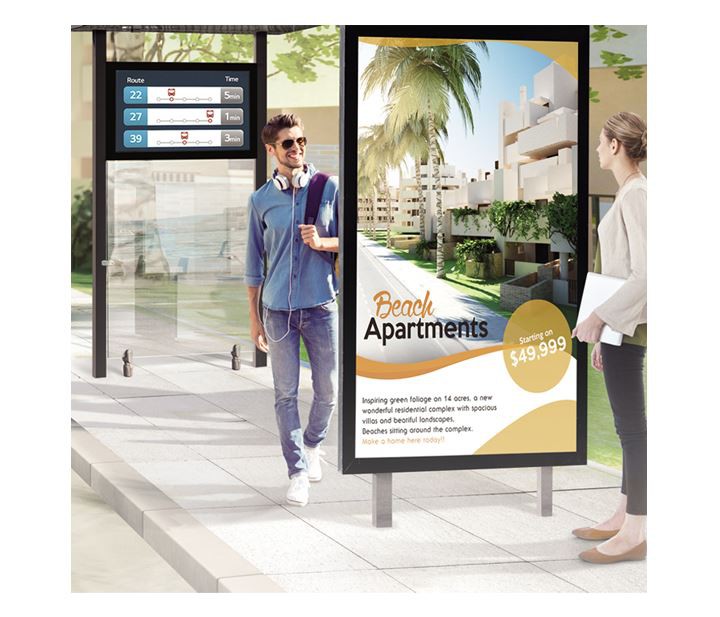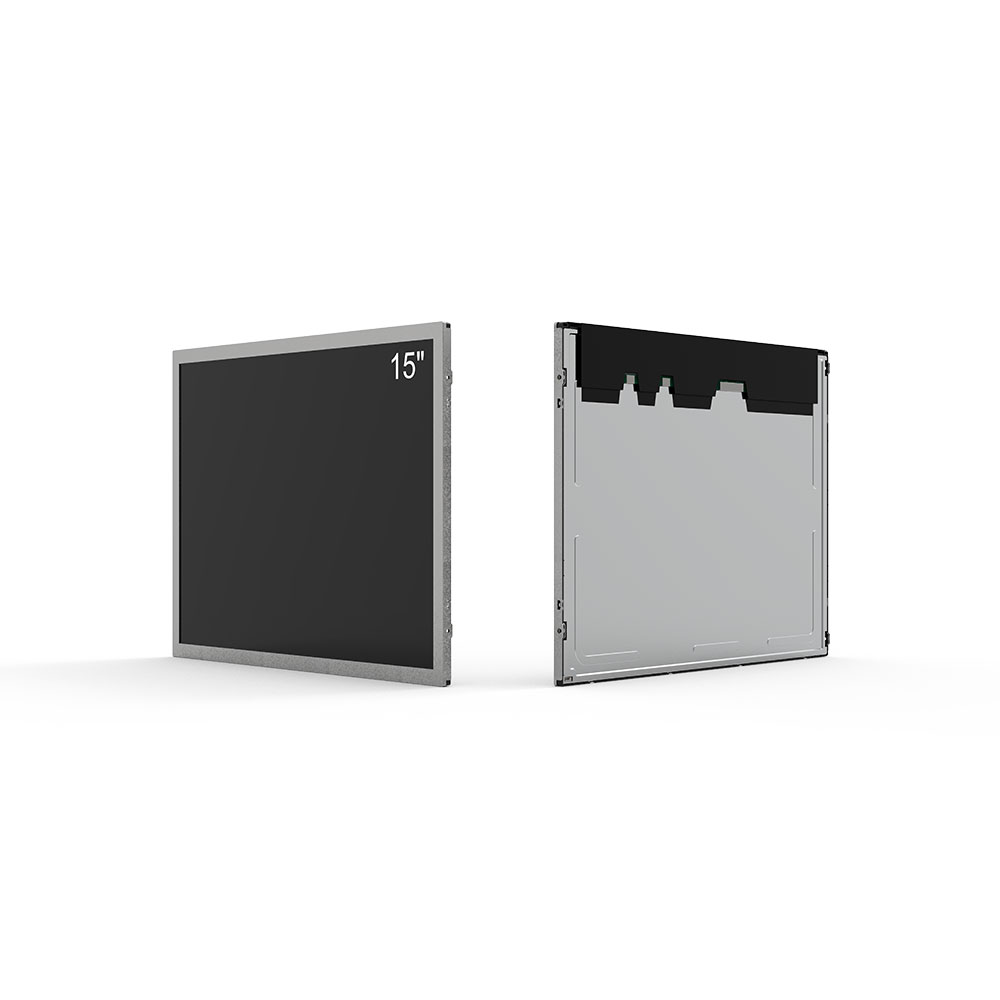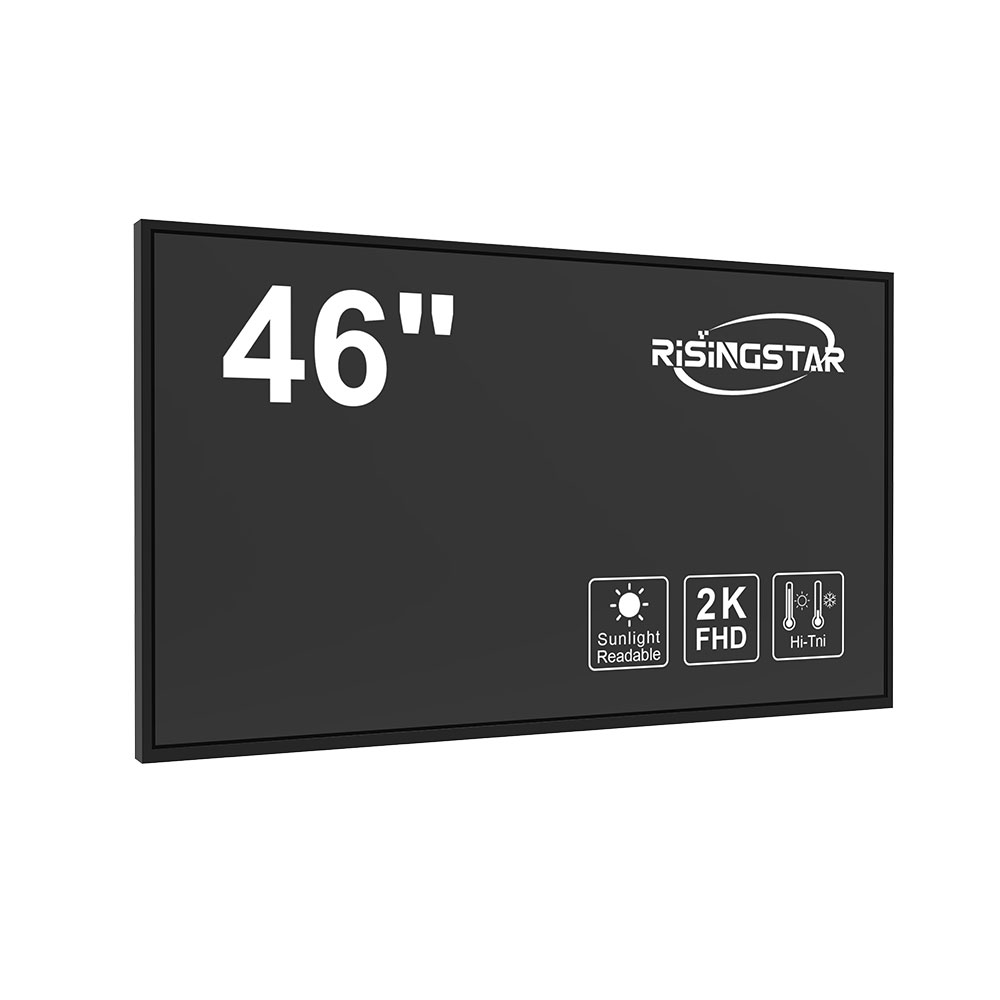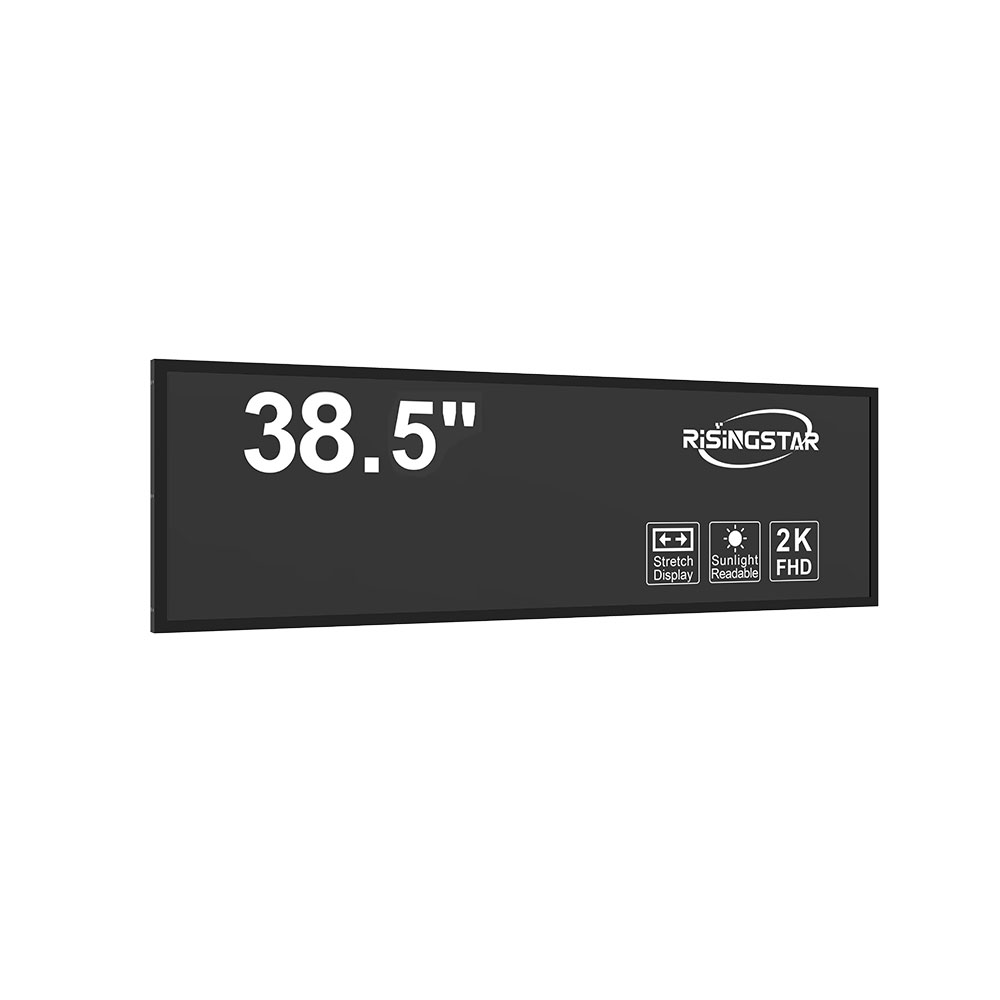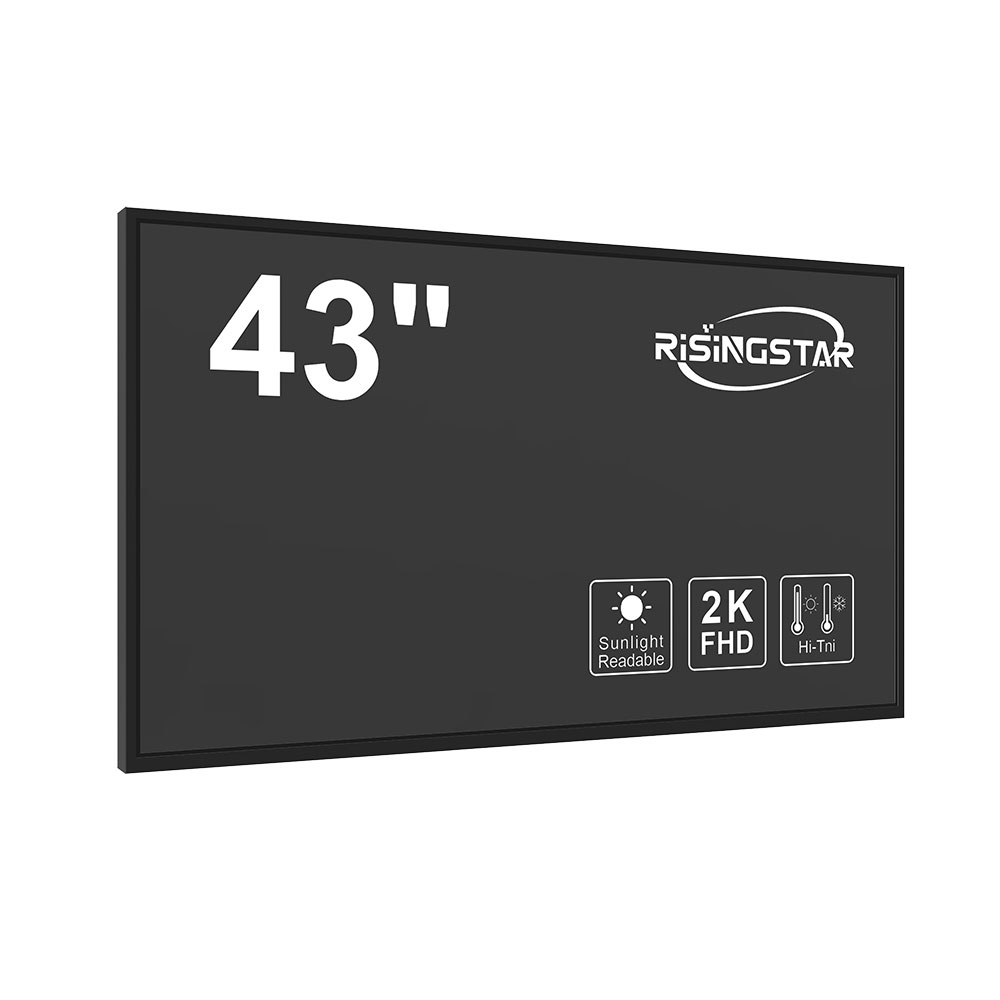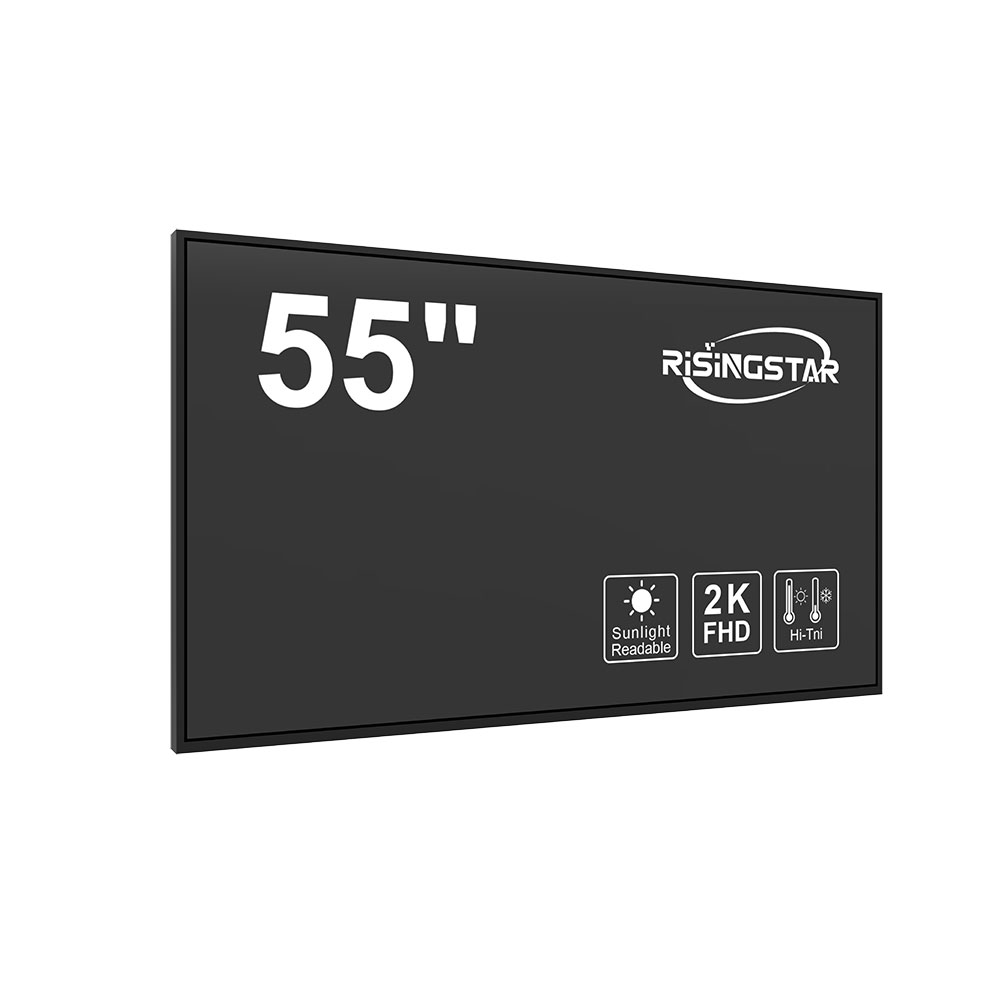Наружные ЖК-дисплеи высокой яркости стали критически важным компонентом современной транспортной инфраструктуры, особенно в системах информации о пассажирах (PIS), используемых в аэропортах, на вокзалах, автовокзалах и в сетях общественного транспорта. Эти дисплеи проектированы для того чтобы поставить ясные, обновления в реальном времени на расписаниях, задержках, изменениях ворот, предупреждениях о безопасности, и направленном наведение-даже под весьма условиями окружающей среды как сразу солнечный свет, дождь, снег, или колебания температуры от-30 ° К к 60 ° К.
Серия полосовых экранов от 14,1 до 86 дюймов предлагает гибкие варианты развертывания, адаптированные к различным эксплуатационным потребностям. Более мелкие модели, такие как 14,1 "и 19", идеально подходят для киосков, цифровых вывесок в залах или встроенных панелей в билетных машинах. Большие форматы-особенно размеры 28,6 ", 37", 48,5 "и 58,6"-обычно развертываются в средах с открытой платформой, таких как станции метро, где важна видимость на больших расстояниях. Крупнейшие 86-дюймовые модели служат центральными информационными узлами в основных транзитных узлах, часто интегрированными с системами управления контентом на основе ИИ для динамического обмена сообщениями.
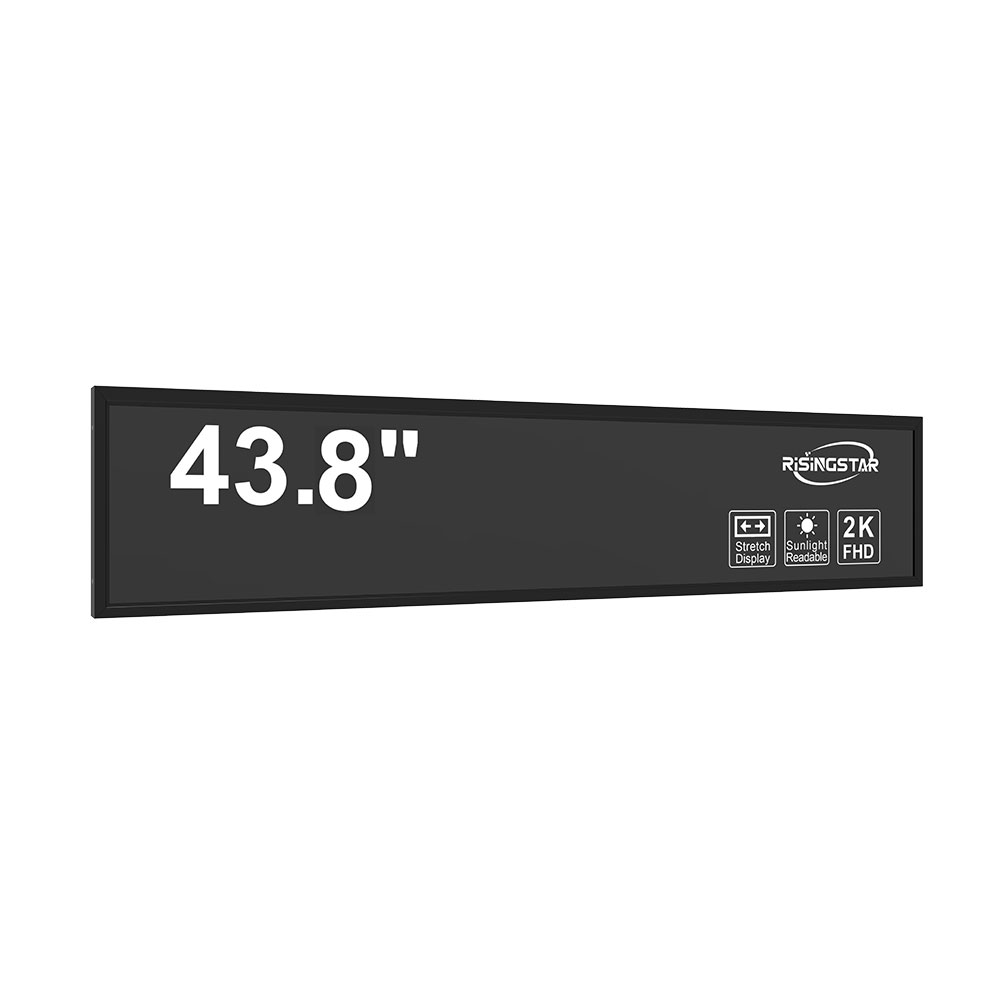
Эти наружные ЖК-дисплеи обычно имеют уровни яркости, превышающие 5000 нит, превосходя стандартные внутренние дисплеи, максимальная яркость которых составляет около 500 нит. Это обеспечивает читаемость даже при полном дневном свете. Кроме того, они включают в себя корпуса, закаленное стекло с антибликовым покрытием и широкие углы обзора (178 ° по горизонтали и вертикали), которые способствуют надежности и удобству использования в общественных местах. Например, модернизация PIS Лондонского метрополитена в 2022 году включала развертывание более 300 высокоярких 37-дюймовых полосовых экранов на ключевых станциях, что уменьшило путаницу в часы пик на 40%, согласно отчетам Transport for London.
Отраслевые стандарты, такие как EN 50121 (электромагнитная совместимость в рельсовых средах) и IEC 60068-2 (экологические испытания), определяют проектные спецификации. Производители также должны соблюдать правила энергоэффективности, такие как соответствие ENERGY STAR и RoHS для устойчивой производственной практики. Тематические исследования в таких городах, как Сингапур и Токио, показывают, что интеграция светодиодных или мини-светодиодных технологий в эти полосы еще больше улучшает контрастность и снижает энергопотребление без ущерба для производительности-решающего фактора для крупномасштабных развертываний.
Кроме того, современные полосовые экраны поддерживают сетевое управление через модули Ethernet, Wi-Fi или 4G/5G, что позволяет централизованно доставить контент через облачные платформы, такие как программное обеспечение PIS на основе SaaS (например, Cateye, AVS или Luminex). Интеграция данных в реальном времени из API, таких как GTFS (General Transit Feed Specification), обеспечивает бесшовную синхронизацию с живыми каналами прибытия/отправления, улучшая как пользовательский опыт, так и операционную эффективность.
Таким образом, наружные дисплеи с высокой яркостью представляют собой сочетание долговечности, четкости и интеллектуальной связи. Их масштабируемые форм-факторы-от компактных 14,1 "единиц до массивных 86" решений-делают их незаменимыми в будущих городских транспортных экосистемах. Поскольку города принимают интеллектуальные транзитные инициативы, инвестиции в надежные, устойчивые к атмосферным воздействиям технологии PIS больше не являются необязательными-это стратегический императив для поддержания общественного доверия и качества обслуживания.



